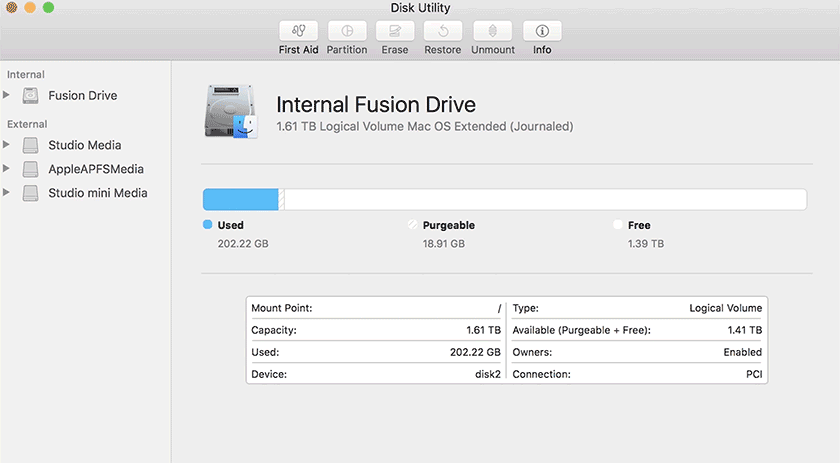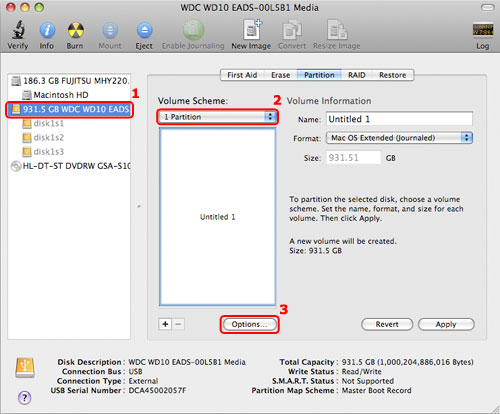
What happens if you have no ability to start restoration utilities at boot time? Well, Apple has a built-in system that allows you to perform an internet-based recovery. When that's done, you can restore from Time Machine as needed. Normally, if you have a modern Mac, an OS repair is a straight forward thing where you can reboot by pressing the Command-R keys at boot time and be presented with a series of tools to help you recover your Mac.įollowing that, you can either re-install (not wiping your personal data), run disk utilities to repair a hard drive (my intention), or wipe your hard disk completely and do a fresh install. VPN Deals: Lifetime license for $16, monthly plans at $1 & more Dealing with older hardware Just because you have your data ready on a remote disk to be restored, doesn't mean you have a computer ready for you to restore to. In my previous life as a network and system administrator, I learned (the hard way) that backing up data is only part of the data protection process. The recovery process is more involved than simply restoring from Time Machine. If you have an older Mac and you perform Time Machine (or other) backups, sometimes that diligence might not be enough to get your system back up and running to an expected working state.


#Remote disk utility for mac install#
I managed to successfully install GNU/Linux along side my macOS High Sierra installation however, when I went back to reclaim the disk space used by GNU/Linux for my macOS install running APFS, I was met with a failed boot screen. And in my fiddling I managed to completely FUBAR my beloved and venerable 2010 MacBook Air.


 0 kommentar(er)
0 kommentar(er)
